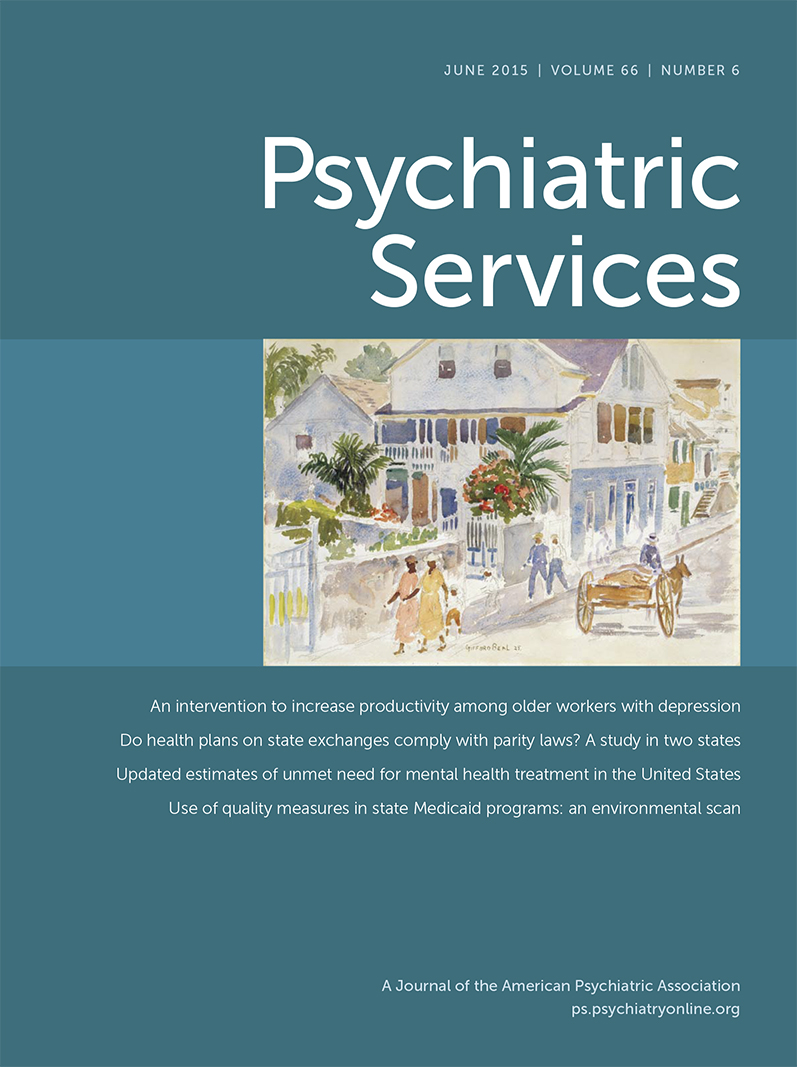Prospective Study of Violence Risk Reduction by a Mental Health Court
Abstract
Objective:
Although many mental health courts (MHCs) have been established to reduce criminal justice involvement of persons with mental disorders, research has not kept pace with the widespread implementation of these courts. Whereas early MHCs were restricted to persons charged with nonviolent misdemeanors, many MHCs now accept persons with more serious charges for whom ameliorating risk of violence is a greater concern. This study evaluated the relationship between MHC participation and risk of violence by using a prospective design. It was hypothesized that MHC participation would decrease the risk of violence during a one year follow-up compared with a matched comparison group.
Methods:
The sample included 169 jail detainees with a mental disorder who either entered an MHC (N=88) or received treatment as usual (N=81). Seventy-two percent had been charged with felonies. Participants were interviewed at baseline and during a one-year follow up, and their arrest records were reviewed. Propensity-adjusted logistic regression evaluated the relationship between MHC participation and risk of violence, controlling for potential confounders such as history of violence, demographic characteristics, baseline treatment motivation, and time at risk in the community.
Results:
MHC participation was associated with reduction in risk of violence (odds ratio=.39). During follow-up, 25% of the MHC group perpetrated violence, compared with 42% of the treatment-as-usual group.
Conclusions:
MHC participation can reduce the risk of violence among justice-involved persons with mental disorders. The findings support the conclusion that the MHC model can be extended beyond persons charged with nonviolent misdemeanors in a way that enhances public safety.




